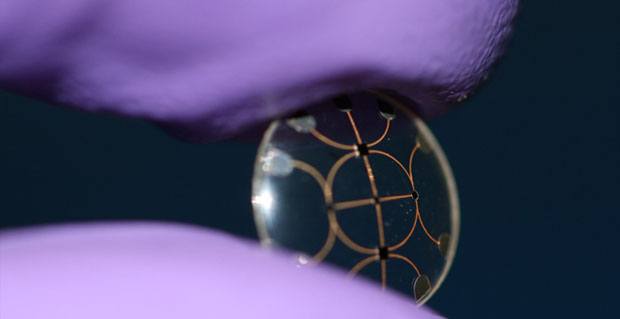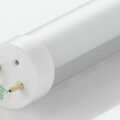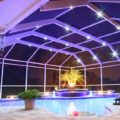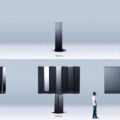LED light bulbs are consolidating their role as a versatile part of our lives. Not only are they an increasingly popular form of lighting, they are also helping to turn science fiction into science fact.
For example, many people are familiar with the Terminator films. In these, a cyborg is able to see data on a screen in front of his eyes. Scientists at the University of Washington now believe LED light bulbs placed in contact lenses can make this concept a reality.
Scientists have experimented with LED light bulbs and contact lenses for several years. Their starting point is simple. 100 million people wear contact lenses. The lenses are safe and practical. So by implanting LED light bulbs and other technology into contact lenses, is it possible to create a “smart” device for everyday use?
The scientists’ answer to this question is “yes”. Within 10 years, they are confident they can create dual-purpose contact lenses.
Wearers can use the lenses to correct problems with vision. And by switching on a separate, wireless device in a bag or pocket, they can also use micro LED light bulbs in each lens to access a wealth of visual data.
The micro LED light bulbs will work by forming tiny images. Special optics in the contact lenses will project the images on to the retina of each eye. This method of projection gives the impression of a screen appearing in the air one metre away.
Among the many uses for this technology is Internet access on the move. Scientists also propose using wireless body sensors linked to the lenses to update wearers on the state of their health. In fact, don’t be surprised if the LED contact lenses of the future have as many apps as a smart phone!
Date: January 30, 2012
Tags: led technology
LED light bulbs are consolidating their role as a versatile part of our lives. Not only are they an increasingly popular form of lighting, they are also helping to turn science fiction into science fact.




